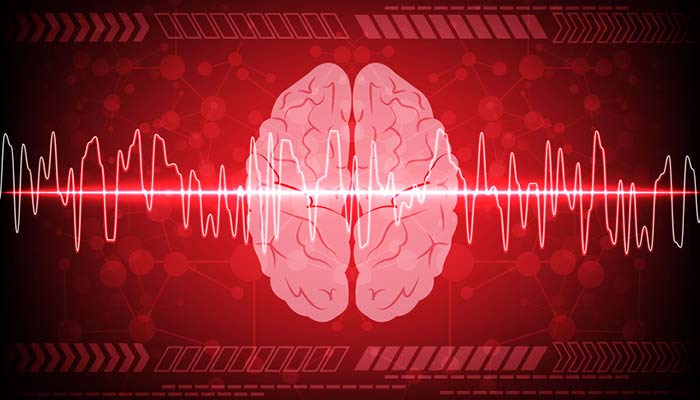
A stroke is a disabling, and potentially deadly condition. A blood clot gets lodged in the brain, denying blood and oxygen to those cells. In a very short period of time, that part of the brain can be damaged permanently. Depending on the location of the clot, a stroke can impair functions such as speech, walking or memory.
A “TIA” (short for transient ischemic attack) is sometimes called a “mini-stroke.” TIAs involve small clots, or clots that get dislodged naturally and break up quickly. TIAs last only a few minutes, and usually do not cause permanent damage. Still, a TIA is an important event.
A TIA is actually a “warning stroke.” Roughly 35% of people who have a TIA go on to have a full stroke within a year. Nearly half of all people who have a full stroke report they had symptoms of a TIA a few days before.
Signs of a stroke or TIA
Because a clot can occur anywhere in the brain, symptoms can vary. Signs of a TIA or stroke are the same, and they come on suddenly. Recent research suggests you BE-FAST. Quickly size up the situation, looking for problems with:
- B-BALANCE: Sudden dizziness or loss of balance.
- E-EYES: Sudden blurriness or loss of vision in one or both eyes.
- F-FACE: Ask your loved one to smile. Does the smile look even? Does it look like their normal smile?
- A-ARM: Ask them to raise both arms. Does one arm drift down?
- S-SPEECH: Ask them to repeat a phrase. Does their speech sound slurred or strange?
- T-TIME: Every second without oxygen, brain cells die. Call 911 right away!
If you suspect your loved one is having a stroke or TIA, the best thing to do is call 911 immediately. Be ready to share the time you noticed the change, what signs you saw, and your loved one’s normal abilities.

